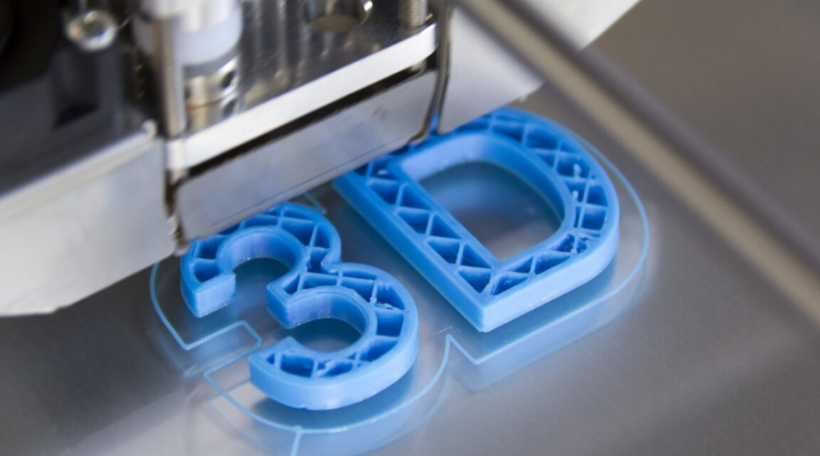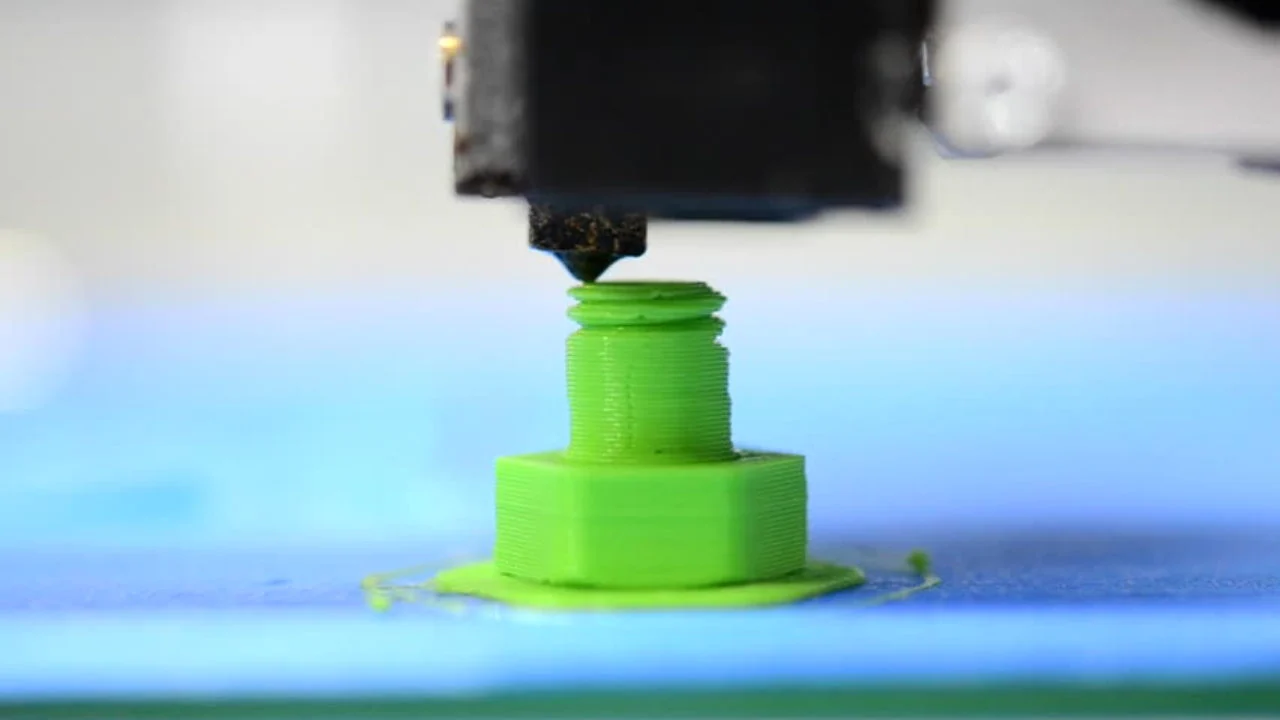3D printing has revolutionized the way we create and manufacture objects. This innovative technology allows for the creation of three-dimensional objects by layering materials on top of each other, based on a digital design. From small trinkets to complex prototypes, 3D printing offers endless possibilities. But what exactly is 3D printing and how does it work? In this article, we will delve into the world of 3D printing, exploring its applications, benefits, and the different types of printers available. Whether you’re a beginner or a seasoned enthusiast, this guide will provide you with the essential knowledge you need to understand and explore the exciting world of 3D printing.
3D printing, also known as additive manufacturing, is a groundbreaking technology that has transformed various industries. It involves the creation of three-dimensional objects by layering materials on top of each other, based on a digital design. Unlike traditional manufacturing methods that involve subtracting or molding materials, 3D printing builds objects layer by layer, offering unparalleled flexibility and customization.
The process begins with a digital model created using computer-aided design (CAD) software or obtained through 3D scanning. This digital model is then sliced into thin cross-sectional layers, which serve as a blueprint for the 3D printer. The printer then deposits or solidifies materials, such as plastic, metal, or even biological substances, layer by layer, following the instructions from the sliced model.
3D printing has revolutionized various industries, including manufacturing, healthcare, architecture, and even fashion. It allows for the rapid prototyping of products, enabling designers and engineers to quickly iterate and refine their designs. Additionally, prototyping 3D printing has opened up new possibilities in personalized medicine, as it enables the creation of custom implants, prosthetics, and even human tissue.

3D printing falls under the category of additive manufacturing and employs similar techniques to those used in conventional inkjet printing, but in a three-dimensional manner. Additive manufacturing involves the creation of objects by adding material layer by layer until the final design is achieved. This term is commonly used to refer to both molding and 3D printing processes.
To create a three-dimensional object from scratch, 3D printing requires a combination of advanced software, powdered ABS 3d printing material, and precise tools. The following are some of the primary steps that 3D printers undertake to transform ideas into tangible objects.
The initial stage of any 3D printing process involves 3D modeling, where precise designs are created using specialized software. This step is crucial because 3D printers cannot guess the desired object to be printed. In cases where traditional manufacturing methods struggle with intricate and detailed designs, computer-aided design (CAD) software becomes essential. By utilizing 3D modeling software, printers can customize their products with meticulous attention to even the smallest details. This precision in design is why 3D printing is considered a significant breakthrough in various industries. For instance, in dentistry, labs employ 3D software to create teeth aligners that perfectly fit each individual. Similarly, the space industry relies on this software to design intricate components for rocketships.
After the creation of a model, the next step is to “slice” it. Since 3D printers lack the ability to comprehend three-dimensional concepts like humans do, engineers must divide the model into layers to enable the printer to produce the final product.
Slicing software captures scans of each layer of the model and provides instructions to the printer on how to recreate each layer. Additionally, the software determines where the model should be “filled,” creating internal lattices and columns that enhance the shape and strength of the 3D printed object. Once the model is sliced, it is then transferred to the 3D printer to commence the actual printing process.
In recent years, there have been several notable innovations in the field of 3D printing that have expanded its capabilities and potential applications. Some of these innovations include:
Multi-material and Multi-color Printing: Traditional 3D printers were limited to printing objects using a single material and color. However, advancements in technology have enabled the development of multi-material and multi-color 3D printers. These printers can now create objects with different materials and colors in a single print, allowing for more complex and realistic designs.
Metal 3D Printing: Metal 3D printing, also known as metal additive manufacturing, has seen significant advancements. This technology uses metal powders, such as titanium, aluminum, or stainless steel, to create fully functional metal parts. Metal 3D printing has applications in industries such as aerospace, automotive, and healthcare, where high-strength and complex metal components are required.
Continuous Liquid Interface Production (CLIP): CLIP is a revolutionary 3D printing technology that uses a combination of light and oxygen to create objects from liquid resin. Unlike traditional layer-by-layer printing, CLIP allows for continuous printing, resulting in faster production times. This technology has the potential to revolutionize industries such as manufacturing and healthcare.
Bioprinting: Bioprinting is a rapidly evolving field that focuses on printing living tissues and organs. Using a combination of bioinks and specialized 3D printers, researchers can create complex structures that mimic human tissues. Bioprinting has the potential to revolutionize regenerative medicine, drug testing, and personalized healthcare.
Large-Scale 3D Printing: Traditional 3D printers were limited in terms of the size of objects they could print. However, recent innovations have led to the development of large-scale 3D printers capable of printing objects on a much larger scale. This has opened up new possibilities in industries such as construction, where entire buildings can be 3D printed.

The impact of 3D printing on manufacturing has been significant and continues to grow. Here are some key ways in which 3D printing has influenced the manufacturing industry:
1. Customization and Personalization: 3D printing allows for the creation of highly customized and personalized products. Traditional manufacturing methods often involve mass production, resulting in standardized products. With 3D printing, manufacturers can easily tailor products to individual customer needs, preferences, and specifications. This level of customization opens up new opportunities for niche markets and personalized consumer goods.
2. Rapid Prototyping and Iteration: 3D printing enables rapid prototyping, allowing manufacturers to quickly create physical prototypes of new products. This accelerates the product development cycle, reduces costs, and allows for faster iterations and improvements. Manufacturers can test and validate designs before committing to large-scale production, minimizing the risk of costly errors.
3. Complex and Lightweight Designs: 3D printing enables the creation of intricate and complex designs that are difficult or impossible to achieve with traditional manufacturing methods. This includes intricate geometries, internal lattices, and lightweight structures. These designs can optimize material usage, reduce weight, and enhance performance in industries such as aerospace, automotive, and healthcare.
4. On-Demand Manufacturing and Inventory Management: 3D printing allows for on-demand manufacturing, eliminating the need for large inventories and reducing storage costs. Manufacturers can produce products as needed, reducing waste and the risk of obsolete inventory. This also enables decentralized manufacturing, where products can be printed closer to the point of consumption, reducing transportation costs and carbon emissions.
5. Supply Chain Flexibility and Resilience: 3D printing offers greater supply chain flexibility and resilience. Manufacturers can produce components or spare parts on-site or near the point of use, reducing lead times and dependency on distant suppliers. This is particularly beneficial in industries where downtime due to part unavailability can be costly, such as aerospace, healthcare, and industrial equipment.
6. Sustainability and Waste Reduction: 3D printing can contribute to sustainability efforts by reducing material waste. Traditional manufacturing often generates significant waste through subtractive processes, where excess material is removed. In contrast, 3D printing is an additive process, using only the necessary amount of material. Additionally, 3D printing enables the use of recycled materials and the creation of more energy-efficient designs.
Is 3D printing only used in industrial settings?
No, 3D printing has found applications in various sectors, including healthcare, automotive, and even at-home DIY projects.
What are the main challenges in 3D printing technology?
Challenges include material limitations, printing speed, and the need for post-processing, which the industry is actively addressing.
How does 3D printing contribute to sustainability?
Efforts to use sustainable materials and reduce waste showcase 3D printing's potential positive impact on the environment.
Are there legal concerns associated with 3D printing?
Yes, intellectual property concerns and ethical considerations are critical aspects that require careful attention.
Can individuals without technical expertise use 3D printers at home?
Absolutely, with the availability of user-friendly desktop 3D printers, enthusiasts can engage in creative projects without advanced technical knowledge.